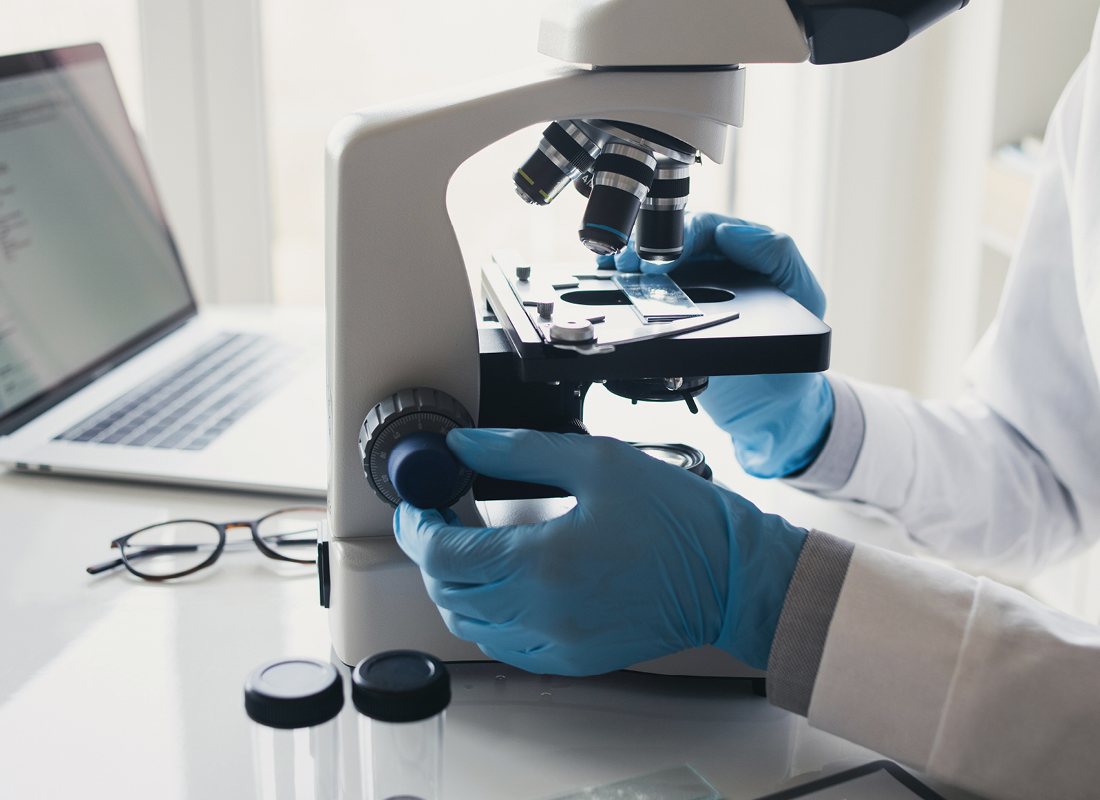Eliminating RNA Extraction Offers Promise of Faster COVID-19 RT-PCR Testing
Reverse transcription polymerase chain reaction (RT-PCR)-based molecular testing is universally recognized as the gold standard for COVID-19 testing accuracy. The downside of molecular testing is its reliance on RNA extraction, which makes testing cumbersome, costly and slow. But now comes word scientists at the National Institutes of Health (NIH) have developed a new sample purification method that is both simpler and faster. The Diagnostic Challenge Molecular tests detect COVID-19 by identifying the RNA from the SARS-CoV-2 virus. However, the RNA detection requires elaborate sample preparation. First, the sample must be purified via treatment with chemical solutions to remove substances such as proteins and fats. The RNA must then be reverse transcribed to DNA by use of a specific enzyme, which are then enriched to offer a better target for detection. The mixture is then placed in an RT–PCR machine for cycling to trigger specific chemical reactions that create new, identical copies of the target sections of viral DNA. The cycle is repeated over and over to continue copying the target sections of viral DNA. Each cycle doubles the previous number: two copies become four, four copies become eight, and so on. The process takes at least 24 to 36 hours. […]

Subscribe to Clinical Diagnostics Insider to view
Start a Free Trial for immediate access to this article